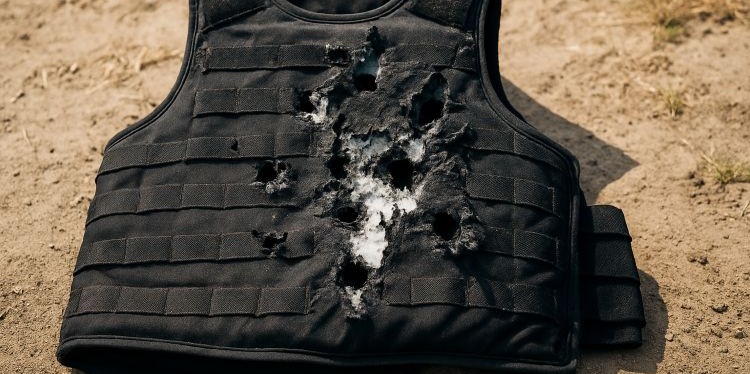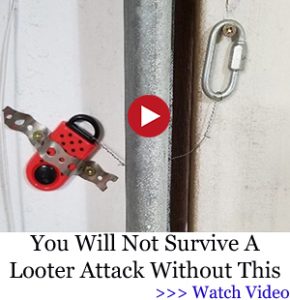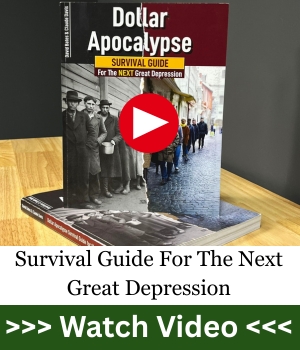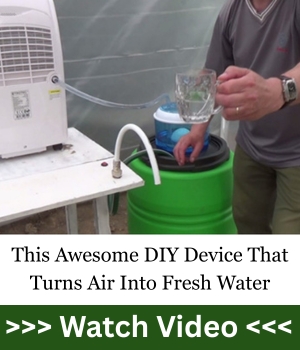So you bought a bulletproof vest and think you’re invincible now. Congrats—you’ve just increased your odds of dying.
Yes, you read that right.
Because while everyone’s flexing their “tactical gear” selfies online, most don’t realize they’re strapping on a false sense of security, not armor. And in the real world, especially when it’s collapsing around you, confidence without knowledge will bury you faster than any bullet ever could.
Let’s break it down.
What Is a Bulletproof Vest—Really?
First off, let’s kill the fantasy: No vest is truly “bulletproof”—they’re bullet-resistant. That’s a massive difference. These vests are designed to slow down or absorb specific types of ammunition. They’re tools, not force fields.
Modern vests are made of materials like Kevlar, Dyneema, or ceramic plates. They’re designed to reduce trauma, not eliminate it. That means yes—you might still bleed, break ribs, or get internal damage. But you won’t die. Hopefully.
Unless the vest kills you first.
Understanding Vest Levels (or How to Not Die Because You Don’t Read Labels)
The National Institute of Justice (NIJ) classifies armor by threat level:
- Level IIA: Soft armor. Stops low-velocity 9mm and .40 S&W rounds.
- Level II: Slightly better. Stops higher velocity 9mm and .357 Magnum.
- Level IIIA: Handles .357 SIG and .44 Magnum from handguns.
- Level III: Hard plates. Stops 7.62mm NATO rounds.
- Level IV: The big boys. Can stop armor-piercing .30-06 rounds.
If you’re wearing Level II and someone hits you with an AK-47… good luck. You just brought a T-shirt to a gunfight.
What It Can Stop
- Most soft body armor can stop pistol rounds.
- Higher levels can stop intermediate rifle rounds.
- Trauma pads can reduce blunt force injuries.
- Ceramics and steel plates can absorb or shatter rifle rounds—once or twice.
What It Can’t Stop
- Knives. Most vests aren’t stab-resistant unless specifically designed to be.
- Rifle rounds (unless Level III+).
- Multiple hits in the same spot.
- Shotguns at close range. Buckshot and slugs are chaos incarnate.
- Blunt trauma. You can still die from internal bleeding.
- Psychological warfare. If someone rolls up with night vision and tactics, your vest means nothing.
How A Bulletproof Vest Can Kill You
1. False Confidence Syndrome (aka Tactical Darwinism)
The #1 killer of vest-wearers. You think you’re invincible, so you take dumb risks. Running toward gunfire. Ignoring cover. Acting like it’s Call of Duty.
The problem with false confidence is that it clouds judgment. You stop assessing threats, stop thinking tactically, and start assuming the vest will do the thinking for you. That makes you predictable, reckless, and an easy target.
You see it all the time: the guy with the plate carrier who charges head-on, thinking he’s immune. He might survive the first round, sure—but then he catches one in the neck, groin, or legs. The vest didn’t fail. You did.
2. Wearing the Wrong Level for the Threat
That Level II vest you’re wearing? It might be great against a mugger’s handgun, but it’s useless against 5.56 or 7.62 rifle fire. If you don’t match the vest to the environment, you’re setting yourself up for failure.
Rifle rounds can not only penetrate lower-level vests—they can shatter your ribs and puncture vital organs even if the round stops. You don’t “tank” bullets. You survive them if you’re lucky and smart.
Worse, some people think layering two Level IIAs equals a Level IV. It doesn’t. You’re just doubling the trauma with none of the protection.
3. Poor Quality Vests (aka Bargain Bin Body Bags)
If your vest came in a plastic bag, had spelling errors on the label, or cost less than a night out—congrats, you bought a glorified pillow. Cheap vests often use untested materials, fake Kevlar, or outdated designs.
These knockoffs might stop a Nerf dart. But they won’t do squat when real lead flies. Worse, some crumble under moisture, heat, or impact.
People die thinking they’re protected because their vest looks the part. This isn’t cosplay. It’s life and death.
4. Homemade Vests—Without Knowing What You’re Doing
DIY armor is a gamble. Ceramic tiles, steel sheets, duct tape—it sounds clever until it isn’t. The wrong materials shatter under pressure or fail to disperse energy, turning your own gear into shrapnel.
There’s a reason engineers spend years designing armor plates. If your homemade vest stops a round but sends ceramic shards into your heart, guess what—you’re still dead.
Testing? Most DIYers don’t even bother. If your first test is real-world gunfire, you’ve already lost.
5. Improper Fit and Wear
Too loose, and the vest shifts during movement—exposing your ribs, heart, or lower abdomen. Too tight, and you lose mobility, breath control, and reaction time.
Improperly worn armor might leave critical arteries exposed. Plates too low can’t protect your heart. Plates too high restrict breathing.
You’re not wearing a hoodie. This is life-saving equipment. Fit matters.
6. Heatstroke and Exhaustion
Ever worn a plate carrier in 90°F heat for hours? Your core temperature skyrockets. You sweat gallons. You lose focus, get dizzy, and eventually collapse.
Most people don’t realize how much energy it takes to operate in full gear. Your body overheats. You can’t cool down. And by the time you strip the vest off, it might be too late.
Your biggest threat might not be bullets—it might be your own body shutting down from overheating.
7. Delayed Medical Attention Due to “I’m Fine” Syndrome
You take a round. The vest stops it. You feel sore but alive. So you shrug it off. No med check. No aid.
But that impact may have cracked a rib. Maybe it punctured a lung. Or your liver is bleeding slowly. You don’t feel it until it’s too late.
Internal injuries are silent killers. By the time you realize something’s wrong, you’re already halfway gone.
8. Secondary Injury from Trauma Impact
Bullet hits the vest. Vest stops the round. Victory, right?
Not quite. The energy has to go somewhere—and it goes into you. Broken ribs, bruised organs, whiplash, internal bleeding. All from a “successful” stop.
Get hit in the wrong place and your spine can compress. Your lungs can collapse. Your diaphragm can seize. The vest may save your skin but wreck your insides.
9. Improper Maintenance or Expired Armor
Kevlar and composites degrade over time. Exposure to sunlight, sweat, moisture, or heat can weaken them. If you’re wearing a vest that expired five years ago, you might as well be shirtless.
Improper storage—folding, crumpling, or leaving it in your car trunk—also weakens materials. That vest you “saved for emergencies”? It might disintegrate the moment you need it most.
Gear maintenance is survival maintenance. Ignore it and you’ll pay the price.
10. Thinking It’s a Substitute for Tactics
This one’s deadly: you think the vest replaces smart behavior. So you stop using cover. Stop moving tactically. You become lazy.
Armor should be your backup, not your plan A. Use your brain before your vest. The second you act like the vest makes you invulnerable, you stop making the decisions that actually keep you alive.
Good tactics beat gear. Every time.
Final Thoughts
A bulletproof vest is not a magic shield. It’s one layer of survival in a world where chaos doesn’t play fair.
Wear it. Maintain it. Understand it. But never trust it blindly. Because the second you forget what it can’t do—is the second it kills you.
Survival isn’t about looking tactical. It’s about thinking tactically. That vest on your chest? It’s only as strong as the head it’s strapped to.
You may also like:
How To Make Bulletproof Body Armor Plate
Do You Know Why You Should Never Put A Tall Fence Around Your House? (Video)
Taser vs. Stun Gun: What They’re Not Telling You Until It’s Too Late























comfort is also important. when i was in the usaf i wore a second chance vest. my wife got me some avon talcom powder to use under it. i was allergic to the talc and broke out and had a very miserable shift. i recommend baby powder to use under it, thats what i used after that. the ceramic plates are great for metal pipe strikes( my ink pen died in the strike). good article
Thank you so much for sharing your experience, especially the reminder that comfort under gear is just as vital as protection. I can only imagine how miserable that shift must’ve been with the allergic reaction. Baby powder under a Second Chance vest is such a smart, practical alternative, simple solutions like that can make all the difference when you’re on duty.
And your note about ceramic plates standing up to blunt trauma, like that metal pipe strike, adds real-world wisdom most of us don’t think about. It’s insights like these that take survival gear from theoretical to battle-tested useful.
Really appreciate your feedback and the care you put into gear care and comfort.